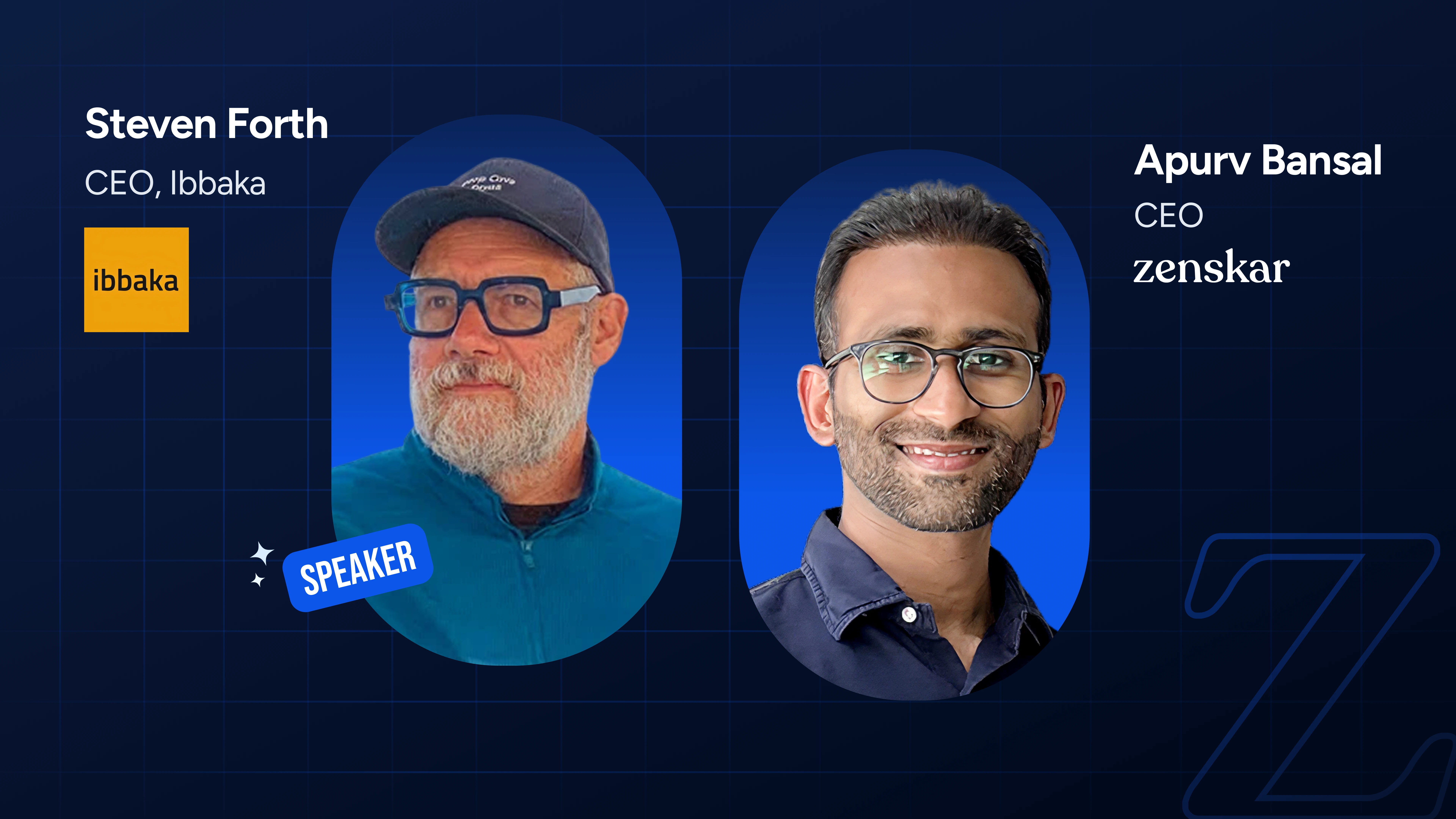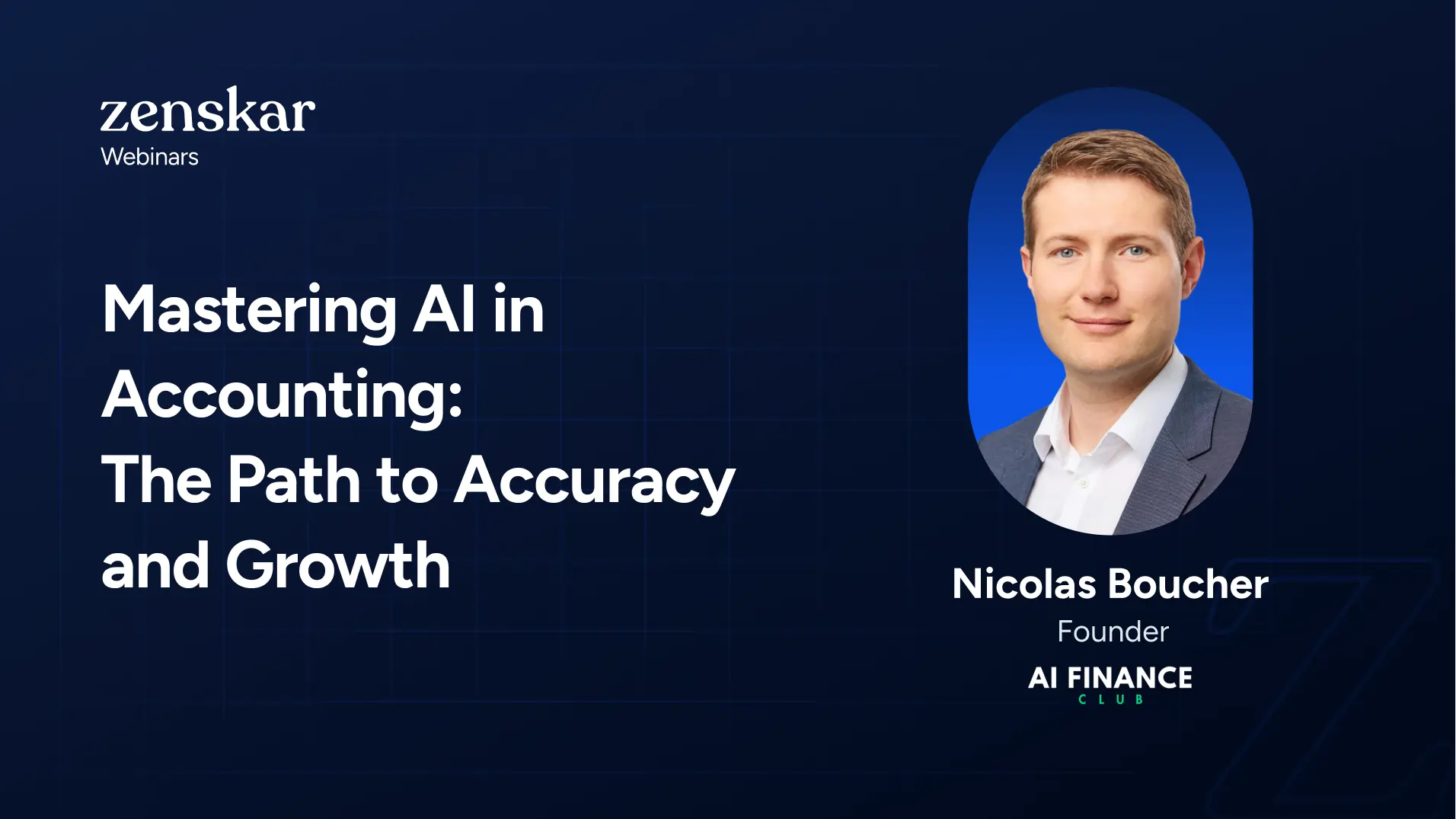Mastering Value-Based Pricing for SaaS Success
Understanding and implementing value-based pricing can significantly impact the revenue and success of SaaS products. In this webinar, Dan Balcauski, Founder and Chief Pricing Officer at Product Tranquility, shares his expertise on mastering value-based pricing and how it can be applied to SaaS businesses.
What You'll Learn:
- Foundational Relationships in Pricing: The value and volume in pricing decisions are critically important, and traditional models often miss these nuances in the software industry.
- Dissecting Value with Frameworks: The "jobs to be done" and Tom Nagel's "value cascade" frameworks help to understand use value, exchange value, and perceived value, forming a robust pricing strategy.
- Differentiation to Avoid Commoditization: Differentiating your product by leveraging functional and emotional benefits is essential to enhance perceived value and avoid commoditization in a competitive market.
- Practical Steps for Value Elicitation: Engaging with customers using specific questioning techniques uncovers how your product saves time, reduces risk, or increases revenue, and converts these insights into financial terms.
- Implementing Effective Pricing Governance: Establishing a dedicated pricing role within product marketing or product management and setting up a cross-functional pricing council ensures strategic, informed, and long-term value-aligned pricing decisions.
Speakers:
Dan Balcauski, Founder and Chief Pricing Officer at Product Tranquility
Saurabh Agrawal, Cofounder and CPTO at Zenskar
Webinar Summary
1. What does "value" mean in the context of pricing, and how should finance leaders think about it?
In SaaS pricing, value isn't just about a product's features—it's about how much it improves your customers' lives. I often lean on frameworks like "jobs to be done" and the "value cascade" to break this down. For instance, at SolarWinds, we focused on value based on the functional benefits that customers derive, like cost savings or risk reduction. When working on a product’s pricing, think about not just the feature set but how it solves problems uniquely for different customer segments. Your pricing should reflect that tangible, measurable impact.
2. How did you apply value-based pricing at SolarWinds? Can you share a specific strategy?
At SolarWinds, we noticed that our core product, despite offering powerful features, wasn't being differentiated enough in a crowded market. So, we focused on understanding customer segments better. We differentiated based on their specific pain points, like time savings and ease of use, which led to clearer value communication. For example, when we introduced a new feature to automate problem resolution, we realized it saved customers about 300% more time. We adjusted our pricing to reflect that enhanced value, ensuring it aligned with the time saved by customers.
3. What steps should finance teams take to align pricing with value?
The first step is collaborating with sales and product teams to ensure pricing reflects both market value and cost structures. At LawnStarter, we utilized A/B testing to optimize our pricing models. We had to calculate customer lifetime value (LTV) and customer acquisition costs (CAC) for different segments to understand how pricing could be adjusted across the board. Finance teams should be proactive in gathering this data and feeding it into pricing decisions, ensuring that pricing supports profitability while being flexible enough for different customer types.
4. How do you handle pricing when different customers derive different value from the same product?
This is common in SaaS. In my experience, customer segmentation is critical. At SolarWinds, we used a good, better, best model, offering varying levels of value depending on the customer’s needs. For instance, we tailored the good option for SMBs and the best option for large enterprises with advanced features and dedicated support. This approach was based on understanding that value varies depending on the customer's stage and context, such as whether they were migrating from legacy systems or starting fresh with SaaS.
5. How did you apply dependency handshakes in your work with global teams?
At companies with distributed teams, particularly in R&D, we established "dependency handshakes." This process required mutual agreement between teams before they could submit budgets or development plans. For instance, when working with R&D in Asia while managing product development in the U.S., I required the teams to align on feature requirements and timelines. This prevented the common issue of missed deliverables that could derail entire projects. Finance can help by ensuring that every department aligns their budget with these dependencies to avoid future issues.
6. How do you assess the potential of pricing for new products or features?
When launching new features, you need to ensure that pricing aligns with the added value. At Product Tranquility, we often run tests and gather customer feedback to evaluate perceived value. For example, at LawnStarter, when we launched automated communication features for clients, we measured the incremental value through customer satisfaction surveys. By quantifying time savings and improved customer interactions, we justified a price increase for premium services.
7. What’s the best way to manage pricing adjustments across multiple product lines?
At SolarWinds, we built a pricing strategy around the portfolio rather than treating products in isolation. When integrating new offerings into the portfolio, we ensured that pricing tiers for individual products reflected the relative value they provided. For example, when we added a new storage management product, we evaluated how it complemented our existing offerings and priced it accordingly. The key is to always consider the broader market context and competitive landscape to prevent undervaluing a product.
8. How do you balance short-term revenue goals with long-term value creation?
This is a critical challenge for finance leaders. At LawnStarter, we had to ensure that while focusing on short-term profitability, we weren’t sacrificing long-term relationships or value creation. We balanced this by implementing customer success strategies. For instance, we offered free trials but set up clear follow-up processes to help customers understand the product’s ROI, ensuring that long-term value was communicated early on. This kept our pricing aligned with the benefits realized over time, rather than just focusing on immediate gains.
9. How do you align pricing strategy with the competitive landscape?
At SolarWinds, we frequently conducted competitive analysis to gauge where we stood in the market. For instance, when we realized competitors were underpricing similar products, we focused on highlighting our differentiation in terms of speed, customer service, and reliability. This allowed us to justify a premium price, while also making sure that our pricing was competitive. Finance teams should monitor the competitive landscape regularly and adjust the pricing strategy to highlight differentiation, ensuring that the perceived value justifies the cost.
10. How do you manage customer expectations when shifting to value-based pricing?
Shifting to value-based pricing can cause friction, especially with existing customers. At LawnStarter, we handled this by communicating the added value through detailed case studies. For example, we demonstrated how new features had improved customer retention and increased their average revenue per user. Finance teams can support this by building metrics around customer success and showcasing how new features or services have directly contributed to the business’s financial outcomes.
11. What’s the role of a pricing committee, and who should be involved?
A pricing committee is essential for maintaining pricing governance. At LawnStarter, we created a pricing council that included product marketing, finance, and sales leaders. The product marketing team led the strategic direction, while finance provided input on cost structures and profitability. Sales was crucial for customer feedback. By aligning these functions, we avoided pricing conflicts and ensured that each department understood its role in supporting the pricing model.
12. How do you quantify value for commoditized products in a competitive market?
While some might call products commoditized, I view it as an opportunity to differentiate. At SolarWinds, even when competitors seemed to offer similar products, we found ways to emphasize our customer service and ease of use. The key is to focus on the non-price attributes that add value. For example, by improving customer onboarding and support, we justified higher prices. In competitive markets, you must focus on how your product makes customers’ lives easier, and use that to support a differentiated pricing approach.
13. How do you deal with price objections from customers who believe the price is too high?
At LawnStarter, we faced price objections frequently, especially when introducing new pricing models. Our approach was to show the long-term value—demonstrating how the price would lead to faster issue resolution or better customer engagement. We backed this up with data, showing how existing customers had seen a tangible ROI. For finance teams, it’s about having the data on hand to communicate the economic value of your product effectively and address any concerns regarding pricing.
14. Can you provide a framework for setting pricing based on customer segmentation?
In my work, I use a model called “Services” for segmentation: Segments, Value, Competition, and Strategy. First, understand your customer segments—who are they, and what are their needs? Then, assess the value each segment derives from your product. Afterward, analyze the competitive landscape. Finally, develop a strategy that ensures you’re offering the right price for the right segment. This structured approach allows you to clearly identify the right pricing for each group, whether they’re small businesses or large enterprises.
15. How do you manage pricing decisions as your company scales?
As companies scale, pricing becomes more complex. At LawnStarter, we had to adjust our pricing models as our customer base grew. We found that scaling meant offering more flexible pricing tiers. For instance, we introduced volume discounts for larger customers, while keeping smaller customers on simpler pricing models. The key takeaway is that scaling pricing requires you to be adaptable—use data-driven insights to adjust your model as the customer base evolves.













.avif)



.webp)
